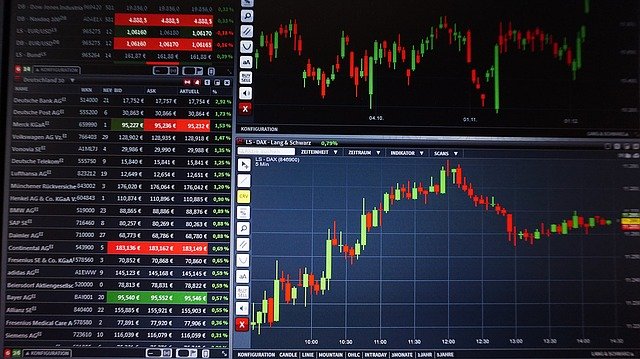Oil futures declined Friday, pressured by worries surrounding the demand outlook, with aggressive monetary tightening by central banks raising the risk of a recession.
Oil was also on track to post sharp declines for the month and the quarter, with a surge in the U.S. dollar contributing to those losses, but prices held onto a gain for the week, buoyed by the prospect of an OPEC+ production cut on Wednesday.
Price action
- West Texas Intermediate crude for November delivery CL.1, -1.65% CL00, -1.65% CLX22, -1.65% fell 75 cents, or 0.9%, to $80.50 a barrel on the New York Mercantile Exchange. Front-month prices are track for a 2.2% weekly gain, but losses of 9.5% for the month and nearly 18% for the quarter.
- December Brent crude BRN00, -1.79% BRNZ22, -1.79%, the global benchmark, was down 73 cents, or 0.8%, at $86.45 a barrel on ICE Futures Europe. November Brent BRNX22, -0.71%, the soon-to-expire front month, was down 27 cents, or 0.3%, at $88.22 a barrel trading 2.4% higher for the week.
- Back on Nymex, October gasoline RBV22, -1.97% fell 1.2% to $2.4768 a gallon, while October heating oil HOV22, -2.12% fell 1.8% to $3.3525 a gallon. The October contracts expire at the end of the trading session.
- November natural gas NGX22, +1.48% lost 0.4% to $6.842 per million British thermal units.
Market drivers
“Not even the looming EU embargo of Russian crude oil supposed to go into effect in early December, Russia threatening to cut off all oil supplies to buyers that participate in the G7’s proposed oil price-cap scheme, and Russia already cutting off European natural gas flows, with winter approaching which will lead to higher European heating and fuel oil demand, have been enough to sustain higher oil prices,” said Troy Vincent, senior market analyst at DTN.
Both WTI and Brent had fallen to eight-month lows early this week and looked to tally a fourth straight monthly decline.
“The past four months of oil prices moving lower primarily reflect a combination of five things that largely surprised markets this summer,” Vincent told Marketwathc. Those are “the continuation and intensity of China’s zero-COVID lockdown policy, sanctions not hitting Russian oil exports as quickly as hoped, refined fuel demand suffering far more than many expected amid high prices, the toll of inflation on the macroeconomy, and pronounced U.S. dollar strength.”
The ICE U.S. Dollar Index DXY, -0.08%, a measure of the currency against a basket of six major rivals, pulled back after hitting a 20-year high earlier this week. The index was headed for a 0.7% weekly fall. A stronger dollar can weigh on oil and other commodities priced in the currency, making them more expensive to users of other currencies.
The bullish risks for oil “remain numerous and large, and any number of event-driven scenarios…could send crude prices higher this winter,” Vincent said. “However, the fact remains that despite this backdrop of known bullish risks, oil prices have tumbled lower throughout the summer well before the ultimate impact of the Fed’s monetary policy tightening has been seen.”
Eye on OPEC+
Attention has turned to a meeting next week of OPEC+, which is comprised of members of the Organization of the Petroleum Exporting Countries and their allies. News reports said Russia has suggested the group cut output by 1 million barrels a day.
Read: OPEC+ could cut oil production because it’s trying to halt a sharp crude selloff
Cuts would benefit Russia “because it will need to find new buyers for its oil when the [European Union] embargo comes into force in early December and will presumably have to make further price concessions to do so. Higher prices beforehand — boosted by production cuts elsewhere — would therefore doubtless be very welcome,” wrote commodity analysts at Commerzbank, in a note.
OPEC+ runs the risk of disappointing the market, the analysts said.
“Even though OPEC+ is likely to emphasize its willingness to act in its press statement, prices will probably fall if only a small production cut is agreed. Any such cut would need to amount to at least 500,000 barrels per day to lend support to prices,” they said.

